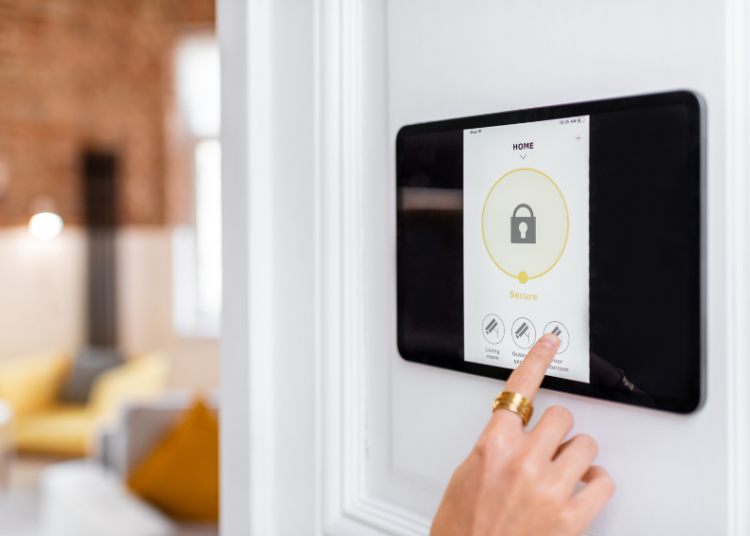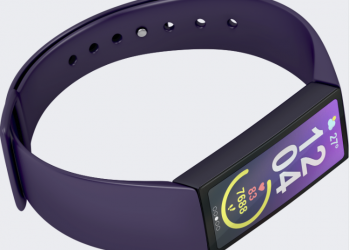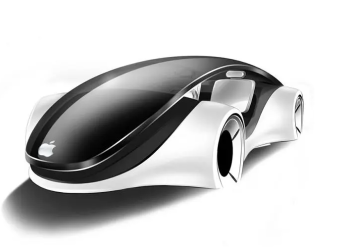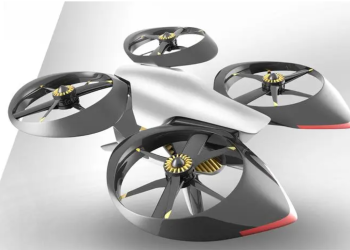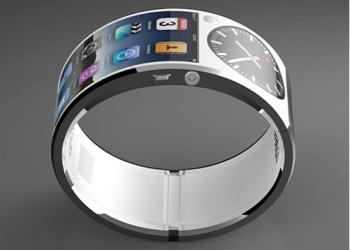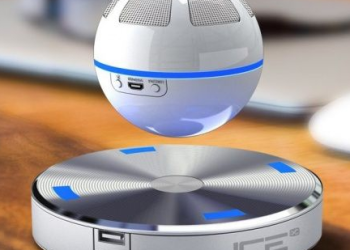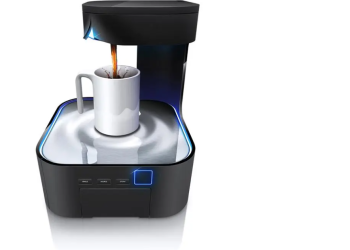Introduction
In today’s fast-paced digital era, smart wearables have emerged as a revolutionary technology, seamlessly integrating into our daily lives. From smartwatches that track our fitness goals to wearable health monitors that keep tabs on our well-being, these devices have evolved significantly over the years, offering a myriad of functionalities and benefits.
Current State of Smart Wearables
Smart wearables encompass a wide range of devices, including smartwatches, fitness trackers, augmented reality glasses, and even smart clothing embedded with sensors. With the rise of the Internet of Things (IoT) and advancements in sensor technology, the market for smart wearables has experienced exponential growth, catering to diverse consumer needs and preferences.
Innovations in Smart Wearables
Advancements in materials and design have paved the way for more comfortable and stylish wearables, making them increasingly appealing to consumers. Moreover, the integration of artificial intelligence (AI) and machine learning algorithms has enhanced the capabilities of these devices, enabling personalized insights and predictive analytics. Additionally, the latest smart wearables boast advanced health monitoring features, such as real-time heart rate monitoring, sleep tracking, and even ECG analysis.
Trends Shaping the Future of Smart Wearables
Looking ahead, several key trends are poised to shape the future of smart wearables. One such trend is miniaturization, as manufacturers strive to create sleeker and more discreet devices that seamlessly blend into everyday attire. Moreover, there is a growing emphasis on sustainability and eco-friendliness, with companies exploring innovative materials and manufacturing processes to reduce environmental impact. Additionally, the integration of smart wearables with other IoT devices is expected to foster a more interconnected ecosystem, enabling seamless data sharing and automation.
Potential Applications of Smart Wearables
The potential applications of smart wearables are vast and varied, spanning across various industries and sectors. In healthcare, these devices hold immense promise for remote patient monitoring, chronic disease management, and early intervention. Similarly, in the fitness and wellness space, smart wearables play a crucial role in helping individuals track their activity levels, set fitness goals, and stay motivated. Furthermore, in the workplace, wearable technology can enhance productivity, safety, and efficiency, with applications ranging from employee monitoring to hands-free task management.
Challenges and Considerations
Despite their potential benefits, smart wearables also present certain challenges and considerations that need to be addressed. Chief among these are privacy and data security concerns, as wearable devices collect sensitive personal information that could be vulnerable to hacking or misuse. Additionally, battery life and energy efficiency remain key areas of concern, with users often grappling with the need for frequent recharging. Moreover, affordability and accessibility issues may hinder widespread adoption, particularly among underserved communities.
The Future Outlook
Looking ahead, the future of smart wearables appears promising, with continued innovations and advancements on the horizon. Over the next decade, we can expect to see even more sophisticated devices that offer enhanced functionality, improved user experience, and greater integration with our daily lives. As smart wearables become increasingly ubiquitous, they have the potential to revolutionize how we live, work, and interact with the world around us, ushering in a new era of connectivity and convenience.
Conclusion
In conclusion, the future of smart wearables is bright and full of potential. With ongoing innovations, evolving trends, and a wide range of potential applications, these devices are poised to become indispensable tools in our daily lives. From improving health outcomes to enhancing productivity and connectivity, smart wearables have the power to transform the way we live and interact with technology. As we embrace these advancements, it is essential to remain mindful of the challenges and considerations that accompany them, ensuring that smart wearables are deployed responsibly and ethically for the benefit of all.

FAQs After The Conclusion:
- Are smart wearables safe to use?While smart wearables are generally considered safe, it’s essential to follow manufacturer guidelines and best practices to ensure user safety and data security.
- How do smart wearables track health metrics?Smart wearables use a combination of sensors, such as accelerometers, gyroscopes, and optical heart rate monitors, to track various health metrics, including activity levels, heart rate, and sleep patterns.
- Can smart wearables be used for medical purposes?Some smart wearables, such as certain fitness trackers and health monitors, have medical-grade capabilities and are approved for specific medical uses. However, it’s essential to consult with a healthcare professional before relying on these devices for medical purposes.
- What are the privacy concerns associated with smart wearables?Privacy concerns surrounding smart wearables primarily revolve around the collection and storage of sensitive personal data. Users should be cautious about sharing personal information and ensure that their devices are adequately secured against unauthorized access.
- Do smart wearables require internet connectivity?While many smart wearables can function independently, some features may require internet connectivity for data syncing, software updates, and access to online services.
- How long do smart wearable batteries typically last?Battery life varies depending on the type of device and usage patterns. Most smart wearables require daily or weekly charging, although some models offer longer battery life with more conservative use.
- Are smart wearables waterproof?Many smart wearables are water-resistant or waterproof to varying degrees, allowing them to be used during activities such as swimming or showering. However, it’s essential to check the device specifications for specific water resistance ratings.
- Can smart wearables be customized with third-party apps?Some smart wearables support third-party app integration, allowing users to customize their devices with additional features and functionality. However, compatibility may vary depending on the device platform and app ecosystem.


